A transparent fish also called the Sea Salp
Sea Salps are one of the most remarkable creatures of Earth. This barrel-shaped fish has a gelatinous body and feeds on phytoplankton (marine algae). Sea Salps are not just unique because of their transparent bodies. They are rare creatures that exist both as individuals and part of a larger organism.
These aren't broken shards of glass. This is a frozen Lake Michigan
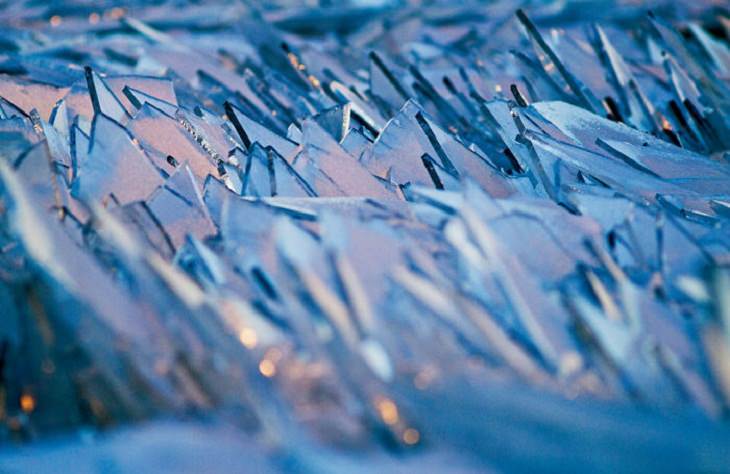
Source: Bored Panda
Ice formation on Lake Michigan usually begins in January and reaches its peak in late February or early March. During the peak winter season, temperatures sometimes reach -30°C (-23°F), resulting in ice shelves forming on the lake.
Baikal Dzen formation on Lake Baikal
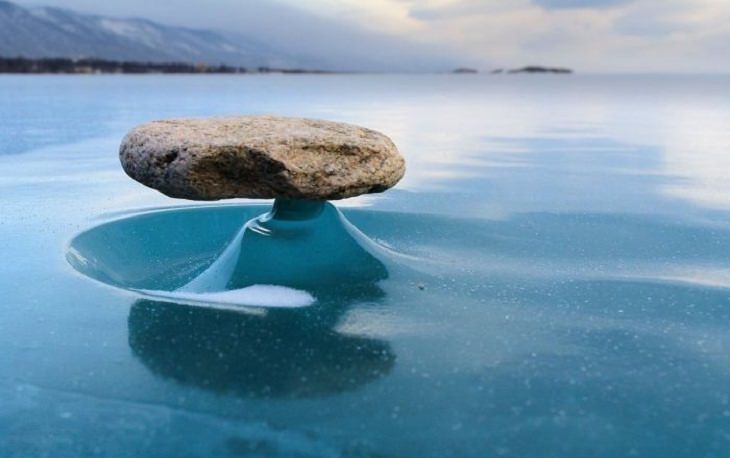
Source: Елена Вторушина
Lake Baikal is located in the Russian region of Siberia. This freshwater lake is witness to the most unique phenomena known as the Baikal Zen. It happens when stones brought by the wind to the ice of the lake are warmed and the day sun melts the ice under them. This causes the rock to remain balanced on a pedestal of thin ice.
A Bashkir Curly Horse
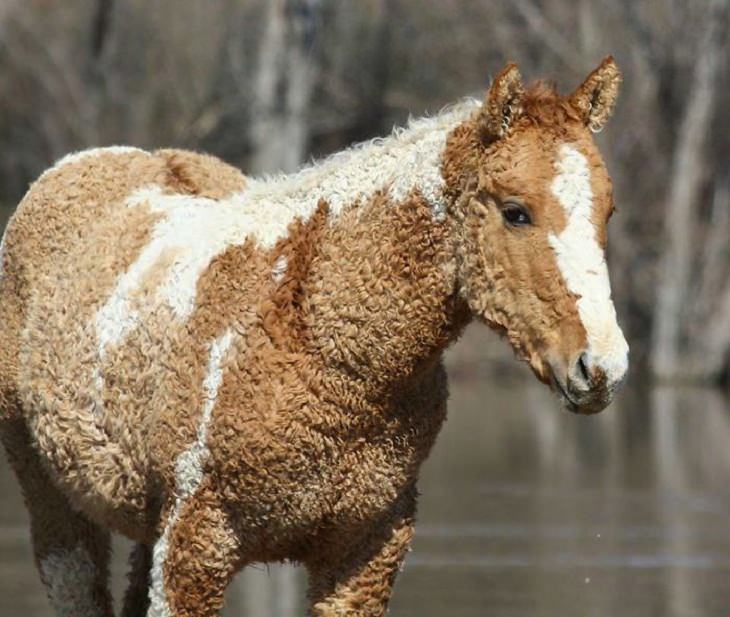
Source: Bored Panda
The origin of this fascinating horse is a mystery. The Bashkir Curly is known to be a calm breed of horse with a mild temperament. Its other characteristics include a thick bone, strong, round hooves, intelligence, and exceptional memory. What makes it stand out from other breeds of horses, however, is its distinctive curly coat.
The extremely rare Albino Buck, also called the 'White Deer'.
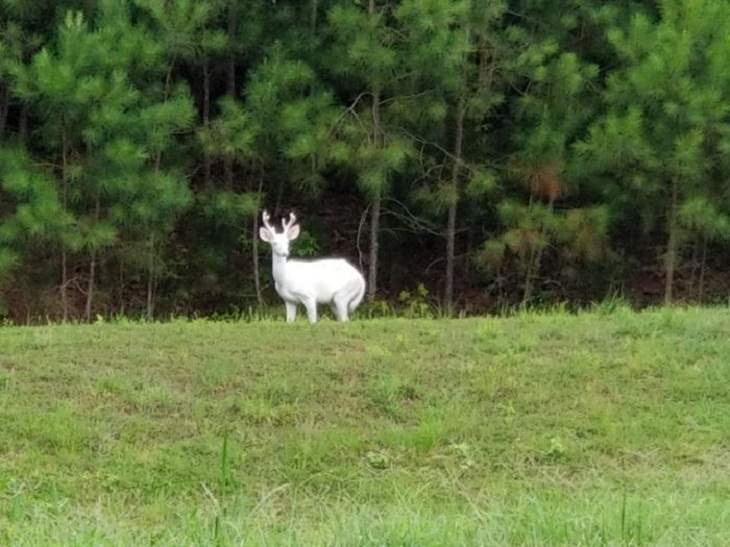
Source: eru_dite
Sightings of albino deer are very uncommon and they are considered as mystical ghosts of the woods because of their fairytale-like appearance. The chances of an albino deer being born are only 1 in 20,000, as the recessive gene that causes albinism in whitetail deer is extremely rare. The stories of these unusual animals have been a part of several ancient Native American legends and folklore.
No, these aren't street craters. They are dinosaur footprints in France.
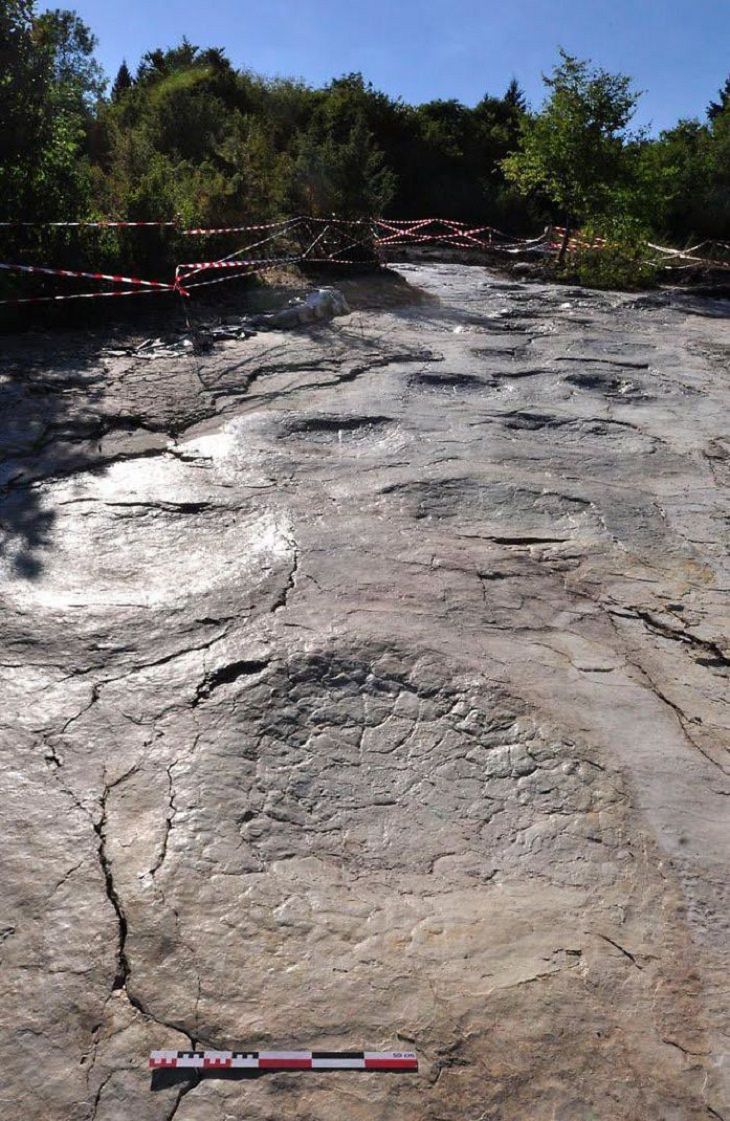
Source:kt0me
These giant footprints belong to a large sauropod dinosaur and were discovered in Plagne, France. These extraordinary traces of the now-extinct dinosaur were found by geologists and biologists from the Société Des Naturalistes d'Oyonnax (SDNO). The footprints measure almost 155 meters in length and are more than 145 million years old.
A 500 kg dinosaur bone found in France.
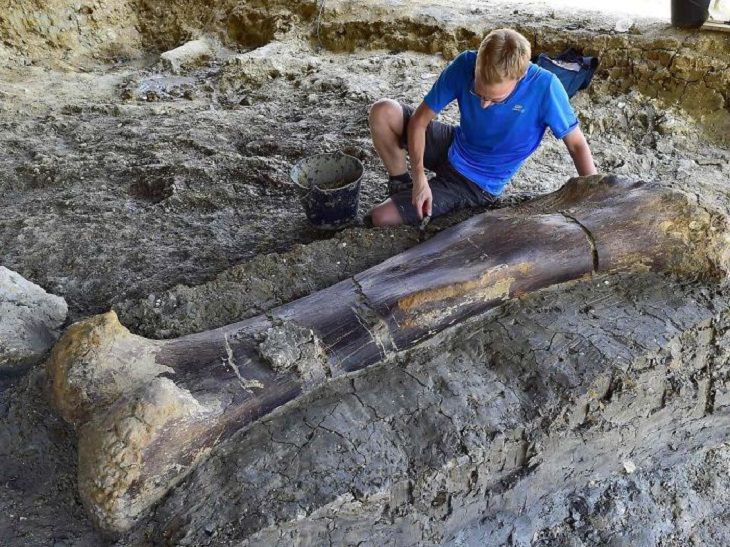
Source: Georges Gobet
A giant 500 kilogram (1102.31 pounds) dinosaur thigh bone was uncovered by scientists in south-western France at an excavation site in 2019. The femur is two meters (6.6 ft) long and is believed to have belonged to a sauropod. This plant-eating dinosaur was found in the late Jurassic era and was one of the largest land animals that ever existed.
That's not a ball. It is a single living cell
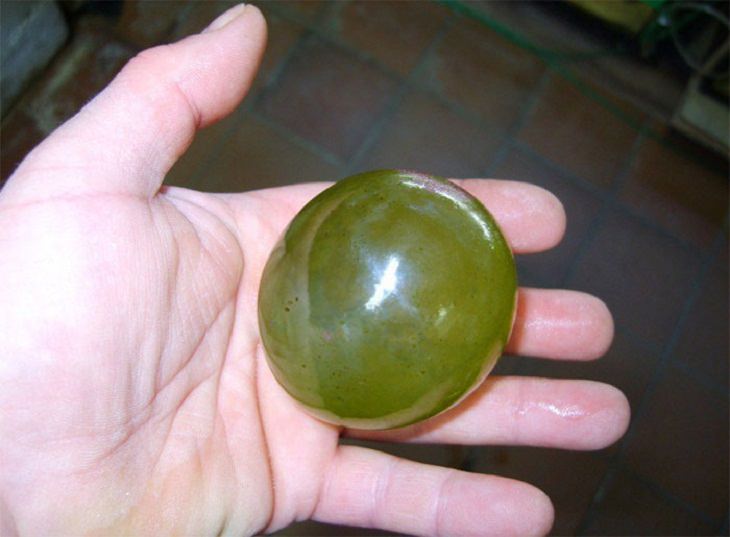
Source: Bored Panda
While this may be hard to believe, the picture above is of a living cell. Known as Valonia ventricosa, or “bubble algae”, this species of algae is one of the largest single-celled organisms in the world. They are found in oceans, and their color mostly varies from grass green to dark green.
These aren't broken shards of glass. This is a frozen Lake Michigan

Source: Bored Panda
Ice formation on Lake Michigan usually begins in January and reaches its peak in late February or early March. During the peak winter season, temperatures sometimes reach -30°C (-23°F), resulting in ice shelves forming on the lake.
Baikal Dzen formation on Lake Baikal

Source: Елена Вторушина
Lake Baikal is located in the Russian region of Siberia. This freshwater lake is witness to the most unique phenomena known as the Baikal Zen. It happens when stones brought by the wind to the ice of the lake are warmed and the day sun melts the ice under them. This causes the rock to remain balanced on a pedestal of thin ice.
A Bashkir Curly Horse

Source: Bored Panda
The origin of this fascinating horse is a mystery. The Bashkir Curly is known to be a calm breed of horse with a mild temperament. Its other characteristics include a thick bone, strong, round hooves, intelligence, and exceptional memory. What makes it stand out from other breeds of horses, however, is its distinctive curly coat.
The extremely rare Albino Buck, also called the 'White Deer'.

Source: eru_dite
Sightings of albino deer are very uncommon and they are considered as mystical ghosts of the woods because of their fairytale-like appearance. The chances of an albino deer being born are only 1 in 20,000, as the recessive gene that causes albinism in whitetail deer is extremely rare. The stories of these unusual animals have been a part of several ancient Native American legends and folklore.
No, these aren't street craters. They are dinosaur footprints in France.

Source:kt0me
These giant footprints belong to a large sauropod dinosaur and were discovered in Plagne, France. These extraordinary traces of the now-extinct dinosaur were found by geologists and biologists from the Société Des Naturalistes d'Oyonnax (SDNO). The footprints measure almost 155 meters in length and are more than 145 million years old.
A 500 kg dinosaur bone found in France.

Source: Georges Gobet
A giant 500 kilogram (1102.31 pounds) dinosaur thigh bone was uncovered by scientists in south-western France at an excavation site in 2019. The femur is two meters (6.6 ft) long and is believed to have belonged to a sauropod. This plant-eating dinosaur was found in the late Jurassic era and was one of the largest land animals that ever existed.
That's not a ball. It is a single living cell

Source: Bored Panda
While this may be hard to believe, the picture above is of a living cell. Known as Valonia ventricosa, or “bubble algae”, this species of algae is one of the largest single-celled organisms in the world. They are found in oceans, and their color mostly varies from grass green to dark green.

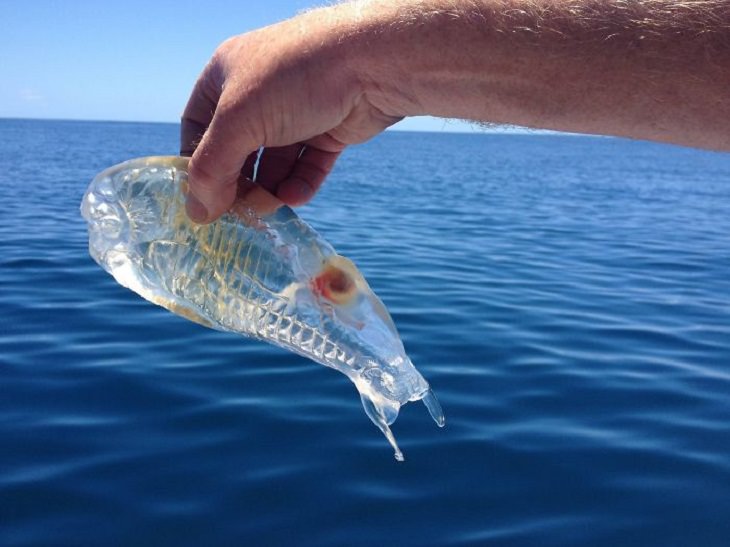
No comments:
Post a Comment